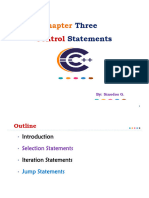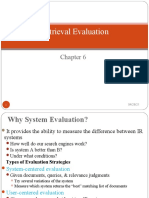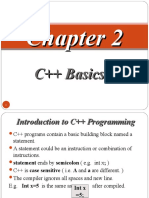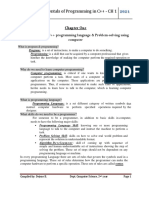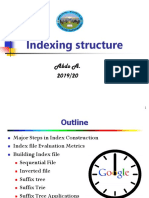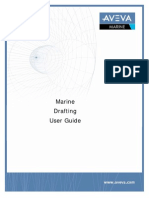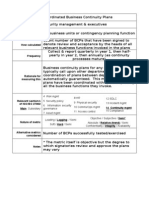0% found this document useful (0 votes)
81 views48 pagesBasic Programing I Chapter 1
This document outlines a data mining project focused on predicting chronic kidney disease using classification techniques. It covers fundamental computer concepts, programming languages, algorithms, and the System Development Life Cycle (SDLC). The document serves as an educational resource for understanding computer programming and system development processes.
Uploaded by
Tsegaye EshetuCopyright
© © All Rights Reserved
We take content rights seriously. If you suspect this is your content, claim it here.
Available Formats
Download as PPTX, PDF, TXT or read online on Scribd
0% found this document useful (0 votes)
81 views48 pagesBasic Programing I Chapter 1
This document outlines a data mining project focused on predicting chronic kidney disease using classification techniques. It covers fundamental computer concepts, programming languages, algorithms, and the System Development Life Cycle (SDLC). The document serves as an educational resource for understanding computer programming and system development processes.
Uploaded by
Tsegaye EshetuCopyright
© © All Rights Reserved
We take content rights seriously. If you suspect this is your content, claim it here.
Available Formats
Download as PPTX, PDF, TXT or read online on Scribd
/ 48









